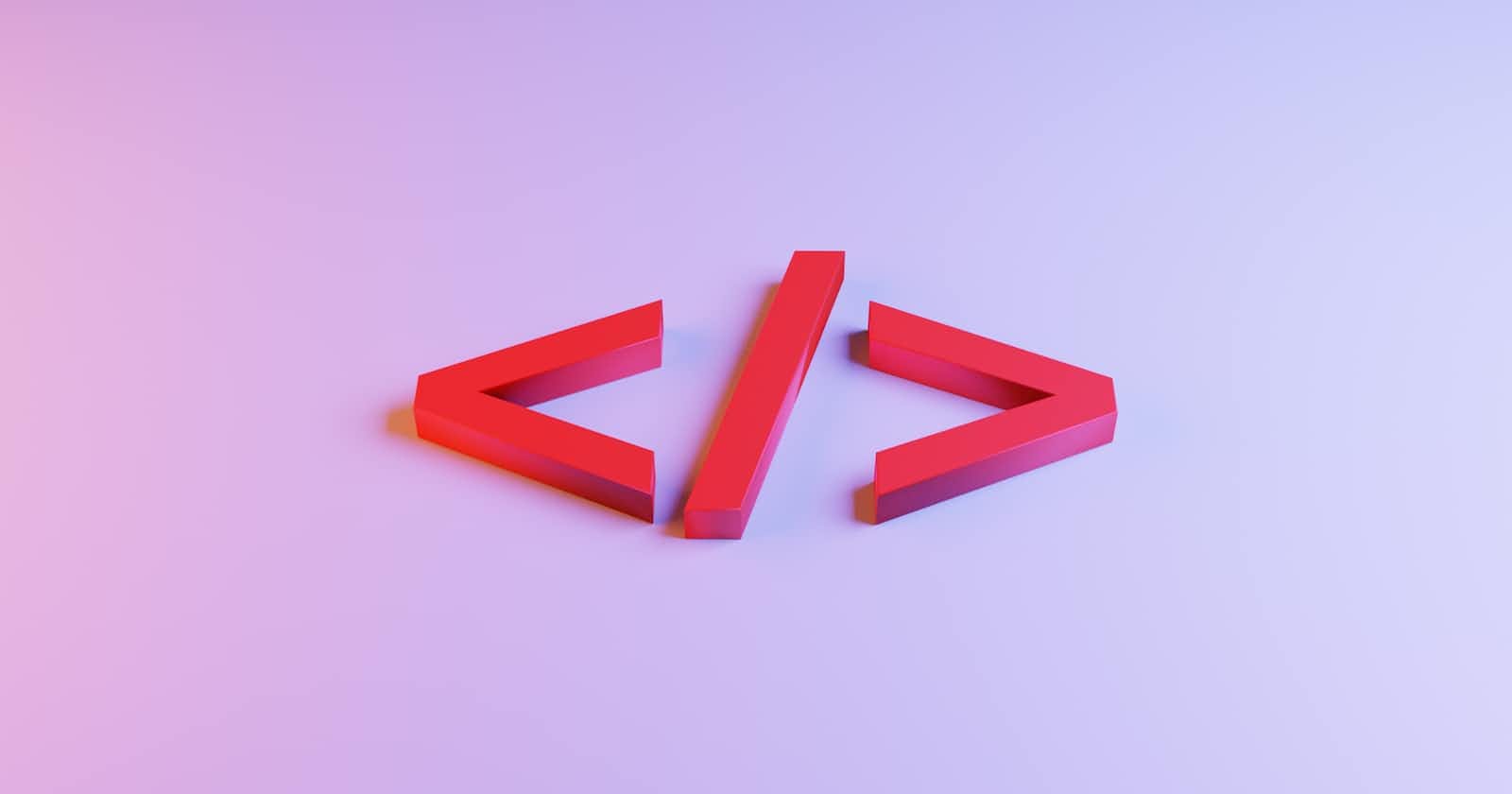Introduction
Cascading Style Sheets (CSS) is a crucial technology used to enhance the visual appearance of web pages. It offers a wide range of tools and techniques that enable web developers to control the layout, formatting, and presentation of HTML elements. This article will explore CSS, its core concepts, properties, selectors, and advanced features.
1. Understanding CSS
CSS is a stylesheet language that separates the content and structure of a web page from its presentation. It simplifies the process of updating and modifying the design of a website as changes can be made in the CSS file without affecting the underlying HTML structure.
2. CSS Syntax and Selectors
CSS rules consist of selectors and declarations. Selectors target HTML elements to which the rules will be applied, while declarations define the specific styles and properties to be applied.
Selectors come in various types, such as element selectors, class selectors, ID selectors, and pseudo-classes. Each selector type has its own syntax and specificity, enabling developers to target specific elements or groups of elements in their web page.
3. CSS Properties and Values
CSS provides an extensive range of properties and values to control the appearance of HTML elements. Some commonly used properties include:
- Color: Defines the text and background color of an element.
- Font: Controls the font family, size, weight, and style.
- Margin and Padding: Adjusts the spacing around elements.
- Border: Sets the style, width, and color of element borders.
- Background: Defines the background image and color of elements.
These are just a few examples, and CSS offers numerous other properties to customize the look and feel of web pages.
4. Box Model and Layout
The CSS box model is a vital concept in web design. It describes how elements are structured and how their dimensions are calculated. The box model consists of four layers: content, padding, border, and margin. Understanding the box model is crucial for controlling the spacing, layout, and positioning of elements on a web page.
CSS also provides flexible layout options, such as floats, positioning, and the newer CSS Grid and Flexbox. These layout techniques enable developers to create responsive designs that adapt to different screen sizes and orientations.
5. CSS Media Queries and Responsive Design
In today's mobile-dominated world, creating responsive websites is essential. CSS includes media queries, which enable developers to apply different styles based on the characteristics of the user's device, such as screen width, height, and resolution. By utilizing media queries, developers can create fluid and adaptable layouts that provide optimal user experiences across various devices.
6. CSS Transitions and Animations
CSS transitions and animations bring interactivity and engagement to web pages. Transitions enable smooth animations between different states of an element, such as hover effects and color fades. Animations allow for more complex and dynamic movement, including keyframes and timing functions. By leveraging these features, developers can create visually appealing and interactive elements that captivate users.
7. CSS Preprocessors and Postprocessors
CSS preprocessors, such as Sass and Less, introduce advanced features and capabilities to CSS, such as variables, mixins, nesting, and functions. These preprocessors enhance the efficiency and maintainability of CSS code, enabling developers to write cleaner and more modular stylesheets.
Additionally, postprocessors like PostCSS and Autoprefixer automate tasks like vendor prefixing, optimizing code, and generating fallbacks. They help ensure cross-browser compatibility and improve performance by reducing file sizes.
Conclusion
CSS is a powerful and indispensable tool for web developers. It provides the means to transform HTML elements and create visually appealing and responsive websites. By mastering CSS concepts, properties, selectors, and advanced features, developers can elevate the design and layout of their web pages to new heights.
Summary:
This article explores the fundamental concepts and features of Cascading Style Sheets (CSS) in web development. CSS is a vital technology that enhances the visual appearance of web pages by allowing developers to control layout, formatting, and presentation. The article covers the syntax and selectors used in CSS rules, as well as the wide range of properties and values available for styling HTML elements. It explains the box model and layout techniques that help control spacing and positioning. Additionally, the article discusses the importance of responsive design and media queries for creating adaptable layouts across different devices. CSS transitions and animations are highlighted as tools for adding interactivity to web pages. The article also mentions CSS preprocessors and postprocessors that optimize code and automate tasks for improved efficiency. In summary, CSS is an essential tool for web developers, providing them with the means to transform HTML elements and create visually appealing and responsive websites.

